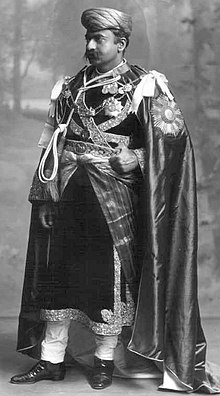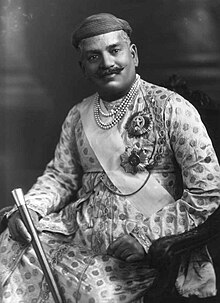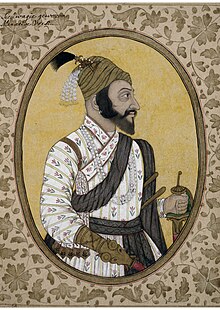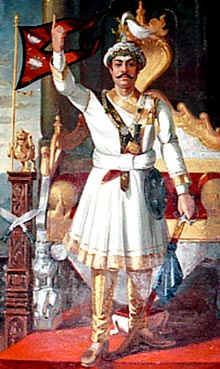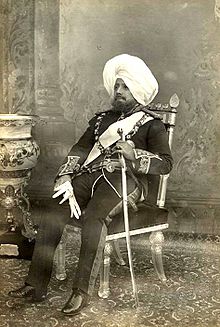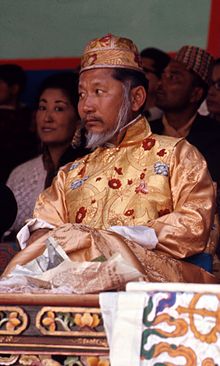The history of Brunei concerns the settlements and societies located on the north coast of the island of Borneo, which has been under the influence of Indianised kingdoms and empires for much of its history. Local scholars assume that the Islamisation of Brunei started in the fifteenth century with the formation of the Bruneian Empire, a thalassocracy that covered the northern part of Borneo and the southern Philippines. At the end of the 17th century, Brunei subsequently entered a period of decline brought on by the Brunei Civil War, piracy, and European colonial expansion. Later, there was a brief war with Spain, in which Brunei lost Manila and evacuated its capital for a brief period until the Spanish withdrew. The empire lost much of its territory with the arrival of the Western powers, such as the Spanish in the Philippines and the British in Labuan, Sarawak, and North Borneo. The decline of the Bruneian Empire accelerated in the nineteenth century when Brunei gave much of its territory to the White Rajahs of Sarawak, resulting in its current small landmass and separation into two parts. Sultan Hashim Jalilul Alam Aqamaddin later appealed to the British to stop further annexation in 1888. In the same year, the British signed a "Treaty of Protection" and made Brunei a British protectorate until 1984 when it gained independence and prospered due to the discovery of oil.

Sultan is a position with several historical meanings. Originally, it was an Arabic abstract noun meaning "strength", "authority", "rulership", derived from the verbal noun سلطة sulṭah, meaning "authority" or "power". Later, it came to be used as the title of certain rulers who claimed almost full sovereignty without claiming the overall caliphate, or to refer to a powerful governor of a province within the caliphate. The adjectival form of the word is "sultanic", and the state and territories ruled by a sultan, as well as his office, are referred to as a sultanate.

A crown prince or hereditary prince is the heir apparent to the throne in a royal or imperial monarchy. The female form of the title is crown princess, which may refer either to an heiress apparent or, especially in earlier times, to the wife of the person styled crown prince.

The Most Exalted Order of the Star of India is an order of chivalry founded by Queen Victoria in 1861. The Order includes members of three classes:
- Knight Grand Commander (GCSI)
- Knight Commander (KCSI)
- Companion (CSI)
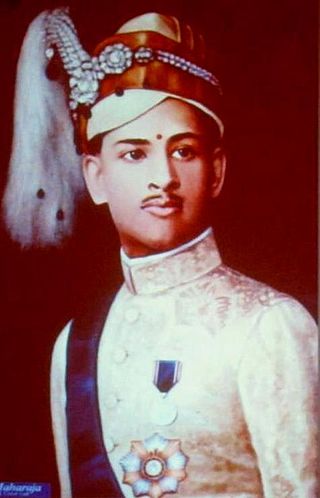
Sree Padmanabhadasa Sree Chithira Thirunal Balarama Varma, popularly known as Sree Chithira Thirunal, was the last ruling Maharaja of the Indian princely state of Travancore, in southern India until 1949 and later the Titular Maharajah of Travancore until 1991. His reign is known for several notable reforms that have indelible impact on the society and culture of Kerala.

The Wadiyar dynasty, also referred to as the Wadiyars of Mysore, is a late-medieval/early-modern South Indian Hindu royal family of former kings of Mysore from the Urs clan originally based in Mysore city.

King of Kings was a ruling title employed primarily by monarchs based in the Middle East. Although most commonly associated with Iran, especially the Achaemenid and Sasanian Empires, the title was originally introduced during the Middle Assyrian Empire by king Tukulti-Ninurta I and was subsequently used in a number of different kingdoms and empires, including the aforementioned Persia, various Hellenic kingdoms, India, Armenia, Georgia, and Ethiopia.
Majesty is used as a manner of address by many monarchs, usually kings or queens. Where used, the style outranks the style of (Imperial/Royal) Highness, but is inferior to the style of Imperial Majesty. It has cognates in many other languages, especially of Europe.

Bendahara is an administrative position within classical Malay kingdoms comparable to a vizier before the intervention of European powers during the 19th century. A bendahara was appointed by a sultan and was a hereditary post. The bendahara and the sultan shared the same lineage.
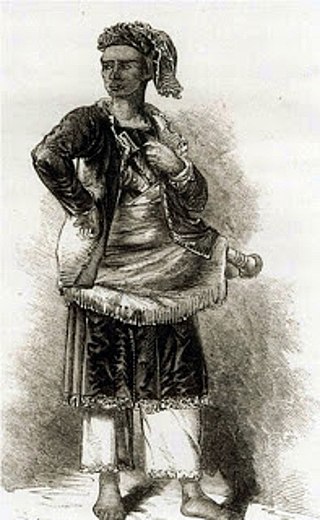
Sultan 'Abdul Momin was the 24th Sultan of Brunei from 1852 until his death in 1885.
Maharaja Sir Tej Singh Prabhakar, KCSI, was a ruler of Naruka dynasty of the Indian princely state of Alwar, Rajasthan from July 22, 1937 to 15 Aug 1947. He was the last ruling Maharaja of Alwar.
HH Sri Raj-Rajeshwar Maharajadhiraja Narendra Shiromani Maharaja Sir ShriDungar Singhji Bahadur was the Maharaja of princely state of Bikaner from 1872 to 1887.
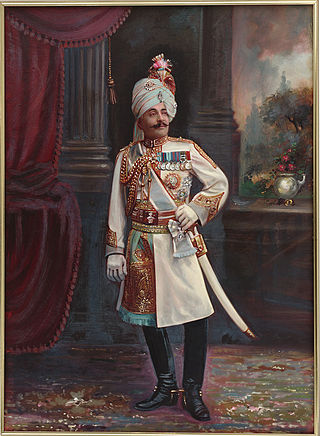
Lieutenant-General Sir Pratap Singh,, was a decorated British Indian Army officer, Maharaja of the princely state of Idar (Gujarat), administrator and Regent of Jodhpur and heir to Ahmednagar later renamed as Himmatnagar from 1902 to 1911.
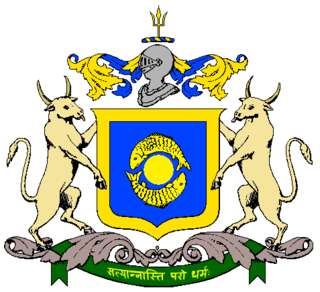
The Narayan dynasty was the ruling family of Benares. After seceding from Awadh, Benares emerged as a kingdom of its own, ruled by Maharaja Balwant Singh in the 18th century. Since then, the family has ruled Benares. They belonged to the Bhumihar Brahmin community. In 1911, Benares became a full-fledged princely state of British India and the Narayan dynasty ruled it as British vassals until they acceded to independent India in 1947.

Prabhu Narayan Singh was ruler of the Benares State, an Indian princely state, from 1889 to 1931. Prabhu Narayan Singh would reign for 42 years as Maharaja; in 1891, he was knighted with the KCIE, later becoming an honorary colonel in the Indian Army.

The Travancore royal family was the ruling house of the Kingdom of Travancore.The Travancore royal family signed a treaty with the British in 1788, thereby adopting British dominance. Later, in 1805, they revised the treaty, leading to a diminution of royal authority and the loss of political independence for Travancore. They had to give up their ruling rights over the common people in 1949 when Travancore were forced to merge with Independent India and their political pension privileges were abolished in 1971.

Karauli State was a princely state in the north eastern edge of modern day Rajasthan, India from 1348 to 1949. It is located in the cultural Braj region. Karauli city was the capital while Mandrayal or Mandrail was another important town.

The following list includes a brief about the titles of nobility or orders of chivalry used by the Marathas of India and by the Marathis/Konkanis in general.
